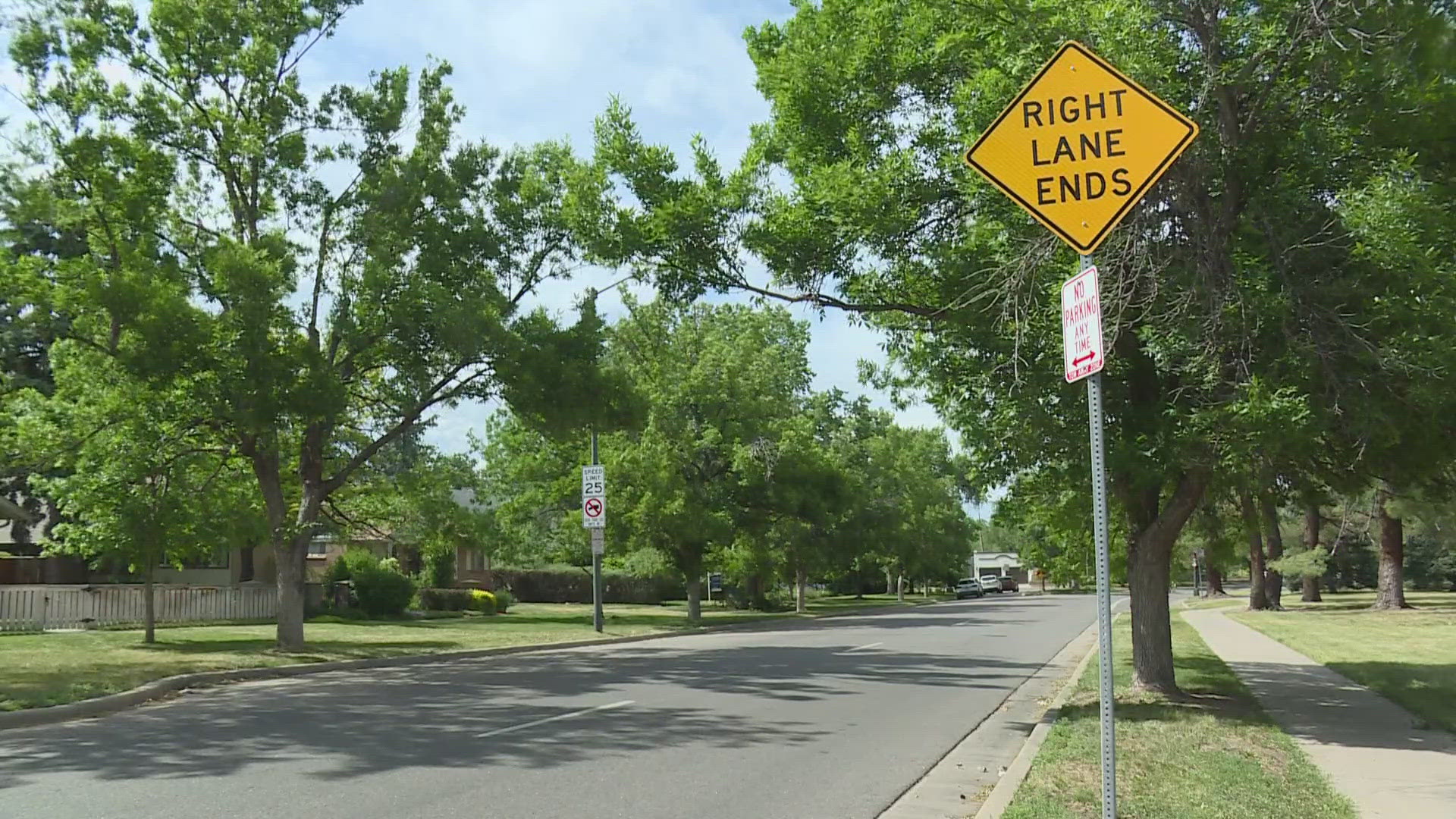COLORADO, USA — Zipper merging needs better signage so badly that the Federal Highway Administration commissioned a study to determine if specific signage would get more drivers to zipper merge and what that signage would look like.
“The type of work that we do is called the Human Factors work,” Bryan Katz said.
Katz is president of toXcel, a transportation, engineering and behavioral science research firm in Virginia.
“The folks in my organization, we look at driver behavior,” Katz said.
Between 2019 and 2022, Katz was the lead on a study to determine proper signage to get drivers to zipper merge. It was a three-year study, in part, because of COVID-19.
“Zipper merging, or any other transportation concept won't work unless drivers know what it is that they're supposed to do,” Katz said.
Zipper merging is the concept of drivers using a lane until the point that it ends before zippering one at a time into the lane that continues.
The study began with 100 people participating virtually. They were asked about comprehending different road signs, ranking the sign preference and then coming up with an order of three to test in real life. The study took the three signs to several streets in Maryland, North Carolina and New Hampshire.
“We didn't want to install anything on the road until we knew that drivers would understand what it was that they were supposed to do, “Katz said. “We have to figure out what messages were going to convey that concept as simple as possible.”
The participants were shown different virtual driving scenarios with three signs approaching a zipper merge.
“In order for zipper merges to work, what we found is that you have to have an initial sign that tells you that something's coming up,” Katz said. “Then, at the point where you get very close to the merge, then you'd need to have some kind of sign that says something to the effect of ‘merge here, take turns.’”
The feedback revealed which signs were best understood by drivers.
The three signs chosen were:
- “Lanes Merge Beyond Signal”
- A picture of two lanes merging into one
- “Take Turns Merge Here”
“What we were looking for is do more people use both lanes up until the point of the merge? And so, what we found is that, yes, in many cases, people did use both lanes,” Katz said.
The study discovered the order of words mattered.
For instance, only 78% understood that “Merge Here Take Turns” meant to zipper at that spot, while 95% understood that “Take Turns Merge Here” meant to zipper.
“What essentially came out of this portion of the study is the "take turns" message being a little bit more important,” Katz said.
The study also found that drivers who are familiar with a specific route need more practice.
“In many cases, where you have familiar drivers who have driven the roadway for a long period of time, as you can imagine, they don't necessarily look at the signs,” Katz said.
It was determined more study is needed to see if additional signage would help drivers zipper merge.
“If you see signs that make sense, and then you actually experience it in the field, the whole idea is that you almost don't need to be educated on what you're supposed to do because it will be natural to you,” Katz said. “I think that what you're doing actually makes a huge difference.”
SUGGESTED VIDEOS: Next with Kyle Clark

